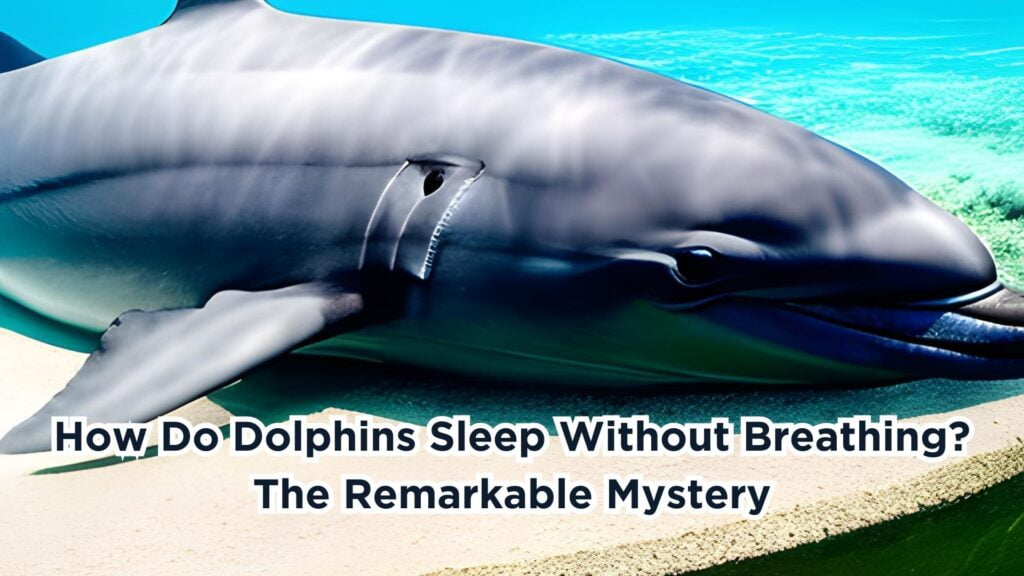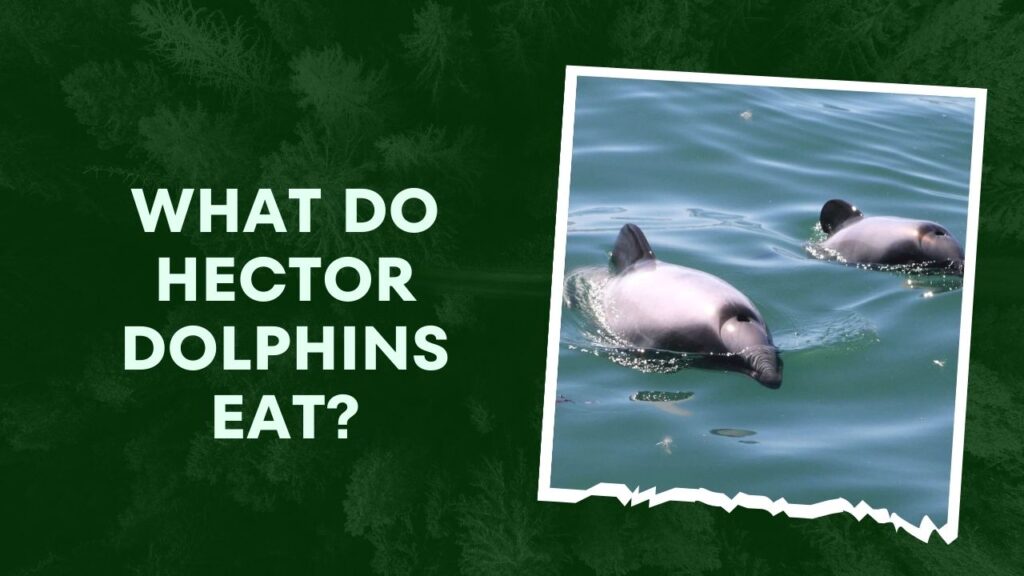
What Do Hector Dolphins Eat? Hector dolphins primarily feed on a variety of fish species such as blue cod, red cod, flounder, and herring. They also supplement their diet with squid, octopus, and other cephalopods found in their coastal habitats.
The Hector’s dolphin is a species of dolphin found in the coastal seas of New Zealand, noted for its small size and cute look.
These dolphins, named for the well-known scientist Sir James Hector, are extremely rare and have distinctive qualities that make them quite special in the eyes of many people.
Although their lively demeanor frequently takes center stage, it is crucial to comprehend the factors that support these endearing animals in order to ensure their protection.
Their nutrition is an important part of their livelihood since it provides information about their ecological role and the difficulties they encounter in their native habitat. [What Do Hector Dolphins Eat?]
Table of Contents
Habitat and Distribution of Hector Dolphins
Hector dolphins are found mostly in New Zealand’s shallow coastal waters, especially those around the South Island.
Their range extends from the southern coast to the northernmost point of the South Island, with sizable concentrations centered in particular areas like Akaroa and Fiordland.
These dolphins like environments with rocky shorelines and steep cliffs, and they frequently go to the coast to forage for food.
Because of their limited range, they are more susceptible to changes in the environment and human activity, which emphasizes the significance of conservation efforts in their natural waterways.
| Region | Main Habitat |
| Akaroa Harbour | Sheltered bays, rocky coastlines |
| Fiordland | Fiords, deep coastal waters |
| South Island | Shallow coastal areas |
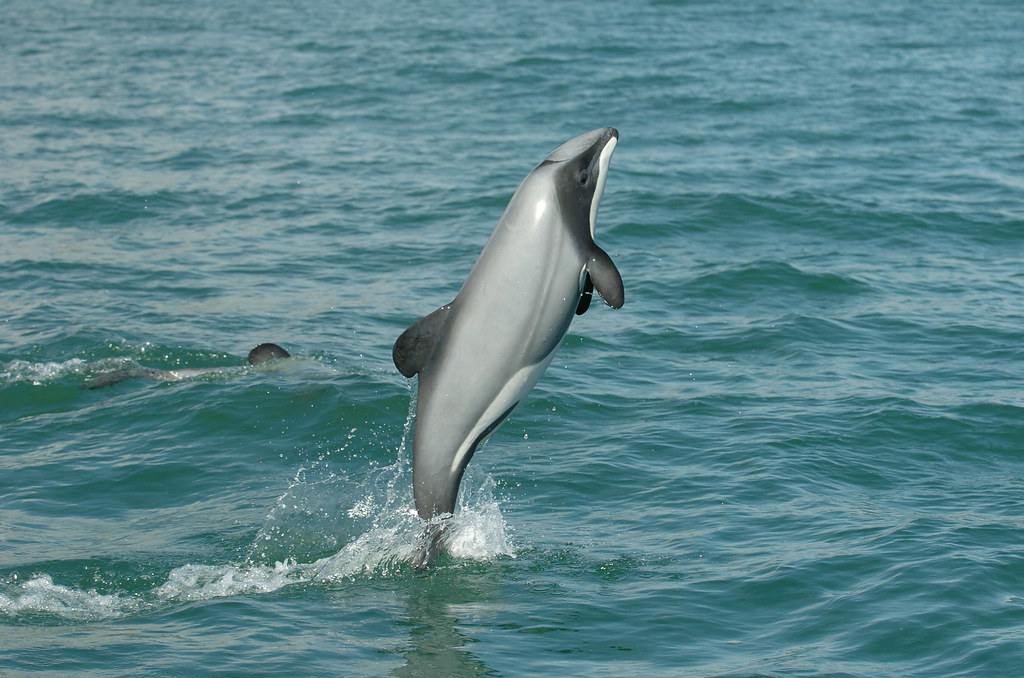
General Diet of Hector Dolphins
The varied diet of hector dolphins, who are opportunistic eaters, is a reflection of the abundance of prey in their coastal environments.
Although their primary food source is fish, their omnivorous behavior permits them to include other marine animals like squid and crabs in their diet. Their food may differ in content based on location, time of year, and quantity of prey.
| Primary Prey | Additional Food Sources |
| Blue Cod | Squid |
| Red Cod | Octopus |
| Flounder | Crustaceans |
| Herring | Small fish species |
To get their meal, these dolphins use a variety of hunting strategies, such as group hunting or solitary foraging on the ocean floor. Their adaptability to various feeding techniques highlights how resilient they are to shifting environmental circumstances.
Gaining knowledge about Hector dolphins’ food preferences will help us better understand their ecological importance in their respective oceanic environments.
They are essential to preserving the equilibrium of their coastal food webs since they are apex predators. But because they depend on particular prey species, they are vulnerable to disturbances brought on by human actions like habitat deterioration and overfishing.
We go into further detail about the main food source for Hector dolphins and examine the subtleties of their feeding habits in the following section. [What Do Hector Dolphins Eat?]
See Also: Do Baiji Dolphins Live In Groups? Discover Their Social Behavior
Primary Prey of Hector Dolphins
Like many other marine animals, hector dolphins have a diversified diet that mostly consists of fish but also contains other marine life. Here, we examine a few of the main prey species that these mysterious dolphins hunt:
| Primary Prey | Description |
| Blue Cod | Bottom-dwelling fish found in rocky reefs |
| Red Cod | Deepwater fish species abundant in coastal areas |
| Flounder | Flatfish commonly found in sandy or muddy seabeds |
| Herring | Pelagic fish often forming schools near the surface |
These prey species are integral to the diet of Hector dolphins and are often abundant in their coastal habitats. [What Do Hector Dolphins Eat?]
The availability of these prey items influences the feeding behavior and distribution of Hector dolphins in their natural environment.
See Also: Where Are Pink Dolphins Found? Unraveling the Mystery
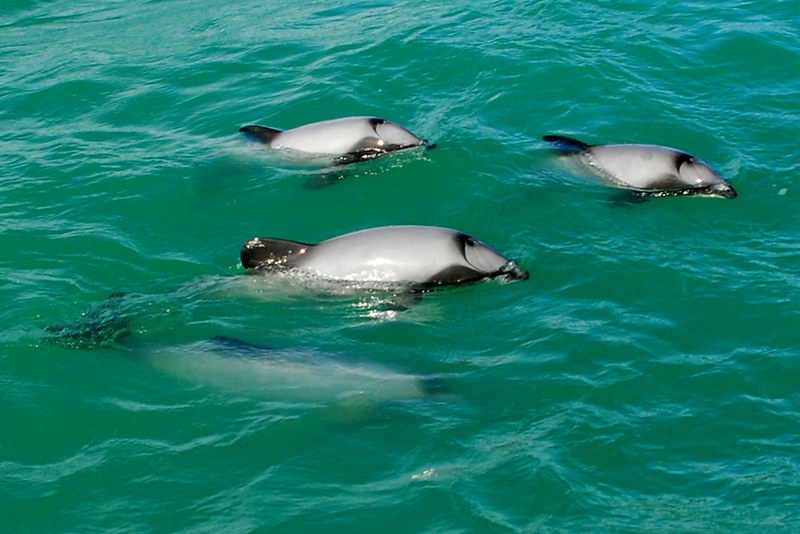
Feeding Behavior of Hector Dolphins
Dolphins called Hector use a variety of feeding techniques to efficiently catch their prey. The qualities of their environment, the density of prey, and group dynamics can all have an impact on their eating behavior. Several crucial facets of their eating habit include:
Hector dolphins are known to participate in cooperative hunting, in which groups of dolphins cooperate to ensnail and harvest schools of fish.
They can increase their hunting success with this concerted effort, especially when pursuing swiftly moving prey. [What Do Hector Dolphins Eat?]
Solitary Foraging: Hector dolphins frequently engage in cooperative hunting, but they sometimes engage in solitary foraging, in which they forage by themselves and seek out prey at the surface or along the seabed.
They can investigate new feeding grounds and adjust to shifting environmental conditions because to their solo approach.
Use of Echolocation: Hector dolphins, like other cetaceans, use echolocation to find and follow prey underwater.
Even in poor light, they are able to locate possible food sources precisely by making high-frequency clicks and listening for echoes.
Bottom Feeding: Being bottom-feeders, hector dolphins frequently hunt for prey that lives on the ocean floor. [What Do Hector Dolphins Eat?]
Using their agility and rostrums to probe the substrate, these animals use this feeding method to ensnare benthic creatures including demersal fish and crabs.
See Also: Why Do Risso’s Dolphins Have Scars? The Mysterious Scars
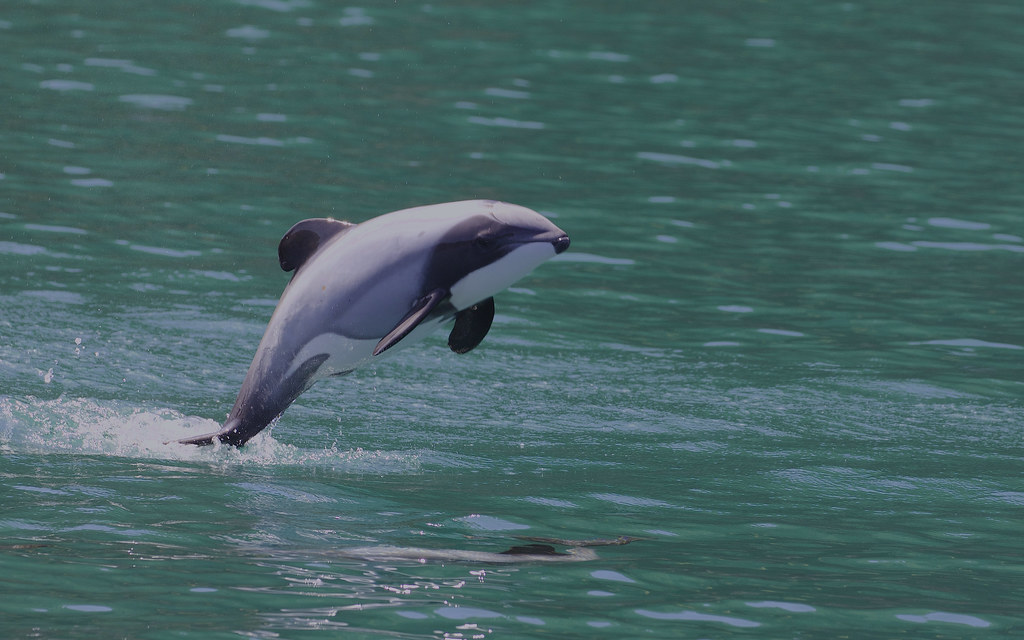
Special Considerations and Challenges
Even though Hector dolphins have evolved effective feeding techniques and adapted to their coastal environments, a number of obstacles still pose a threat to their survival:
Overfishing: Hector dolphin population declines and malnutrition can be directly caused by declining prey stocks as a result of overfishing.
Degradation of Habitat: Hector dolphin habitats are seriously threatened by coastal development, pollution, and habitat degradation, which prevents the dolphins from accessing vital feeding grounds and prey sources.
Bycatch: Hector dolphins are susceptible to unintentional entanglement in gillnets and trawl nets, which can cause harm or even death. [What Do Hector Dolphins Eat?]
Climate fluctuates: The distribution and abundance of prey species can fluctuate due to changes in oceanographic conditions and ecosystem dynamics brought on by climate change, which can have an impact on the foraging success of Hector dolphins.
Addressing these challenges requires collaborative conservation efforts aimed at protecting both Hector dolphin habitats and their prey resources.
By understanding the dietary preferences and feeding behavior of Hector dolphins, we can develop targeted conservation strategies to ensure the long-term survival of these iconic marine mammals.
See Also: What Do Spinner Dolphins Do At Night? Mysterious Activities!
Conservation Implications
Hector dolphin eating habits and food preferences have important conservation implications since they show how crucial it is to protect their coastal habitats and maintain a supply of prey. The following are some significant conservation implications:
Habitat Protection: Hector dolphins depend on the protection of their coastal habitats to preserve their access to important feeding grounds and to reduce interruptions from human activities like pollution and coastal development.
Fisheries Management: Hector dolphins’ access to food can be directly impacted by overfishing, thus it’s imperative to use sustainable fisheries management techniques to keep prey populations in good shape and lower the danger of overfishing.
Bycatch Mitigation: It is essential to minimize unintentional entanglement and mortality by putting into practice methods to prevent bycatch, such as the use of dolphin-safe fishing gear and spatial/temporal restrictions of fisheries in regions that Hector dolphins visit.
Climate resistance: Using ecosystem-based management techniques to enhance resistance to climate change will help lessen the effects of changing oceanographic conditions on the availability of prey and the success of Hector dolphins’ foraging.
Community Engagement: To promote sustainable coexistence with Hector dolphins and develop the management of their ecosystems, conservation activities must involve local communities, stakeholders, and indigenous peoples.
We may endeavor to protect Hector dolphins and their coastal environments for future generations by tackling these conservation consequences. [What Do Hector Dolphins Eat?]
See Also: Are Spinner Dolphins Dangerous? Debunking Common Myths
Frequently Asked Questions (FAQs)
What Is The Diet Of Hector Dolphins?
Hector dolphins eat fish like blue cod and herring, along with squid and octopus.
How Do Hector Dolphins Hunt For Their Food?
They use cooperative hunting and echolocation to catch prey, often alone or in groups.
Are Hector Dolphins At Risk Of Overfishing?
Yes, overfishing threatens their prey, affecting Hector dolphins’ food supply.
What Threats Do Hector Dolphins Face In Their Habitat?
Habitat degradation, bycatch, and climate change are significant threats to Hector dolphins.
How Can I Help Protect Hector Dolphins?
Support conservation efforts, promote sustainable fishing practices, and raise awareness about threats.
Conclusion: What Do Hector Dolphins Eat?
To sum up, knowing what Hector dolphins consume can help us better understand their ecological importance, feeding habits, and the difficulties they encounter in their coastal habitats.
Hector dolphins are apex predators that are essential to the equilibrium of their marine ecosystems, but environmental changes and human activity are putting them in danger.
We can endeavor to ensure the long-term survival of Hector dolphins and preserve the rich biodiversity of New Zealand’s coastal waters by placing a high priority on habitat protection, sustainable fisheries management, bycatch mitigation, climate resilience, and community participation.
Recognizing the interdependence of species within marine ecosystems and acting as a group to preserve and safeguard these delicate settings are essential.
We can ensure a better future for Hector dolphins and the wide variety of marine life that depends on healthy coastal habitats by stepping up conservation efforts.

Mr. Das, a certified pharmaceutical scientist, holds a Bachelor of Science in Pharmaceutical Sciences and passionately contributes to dolphin conservation as a member of the committee in Bangladesh.

